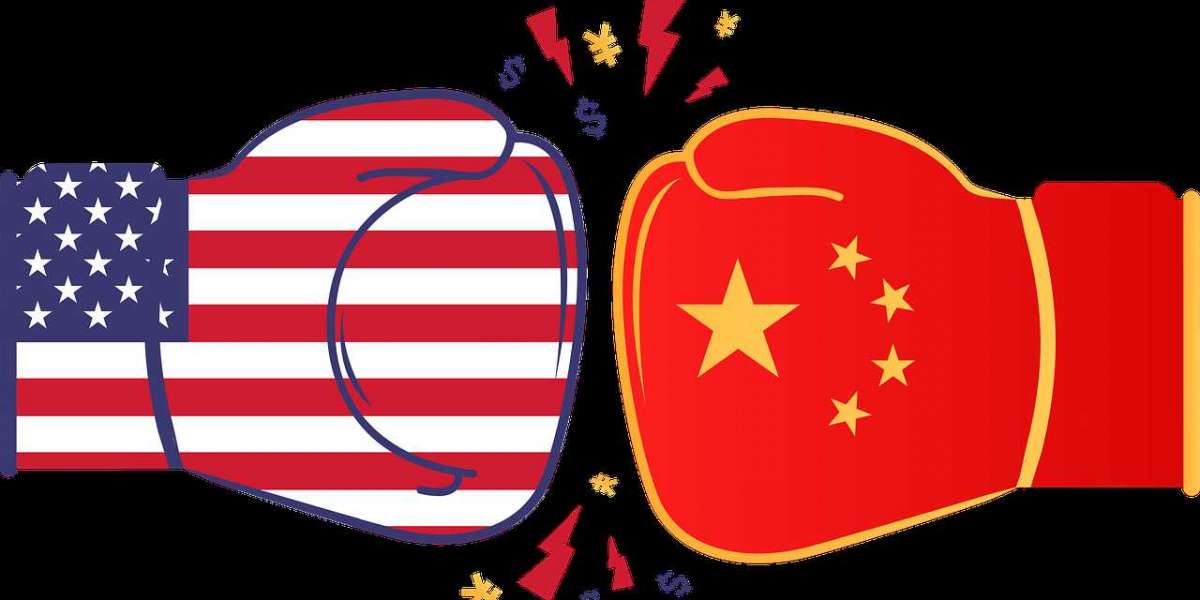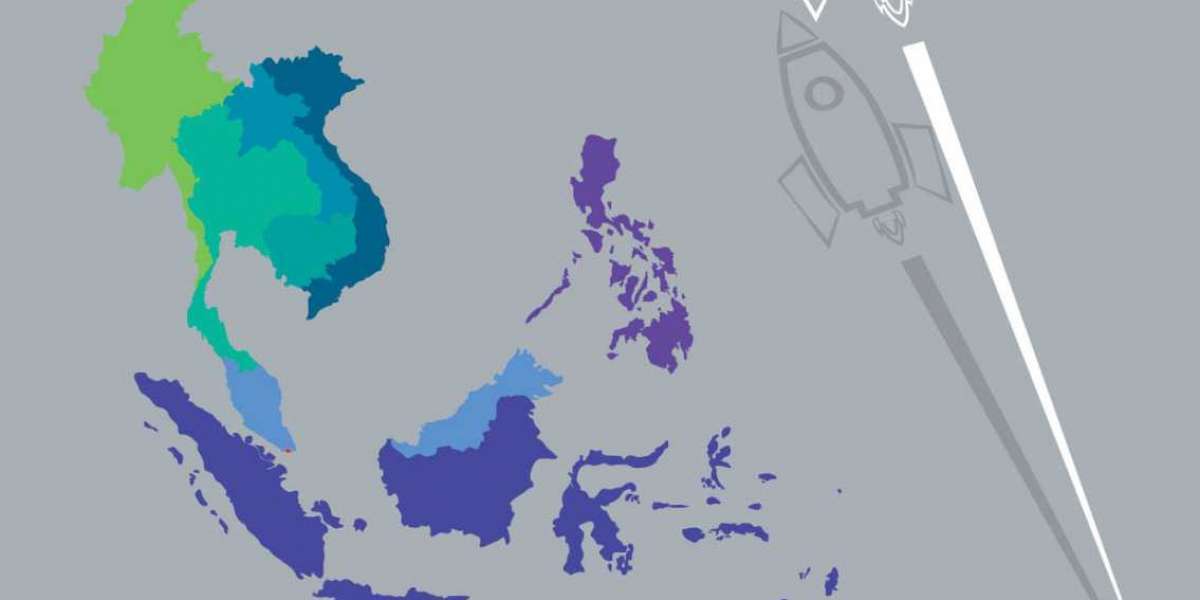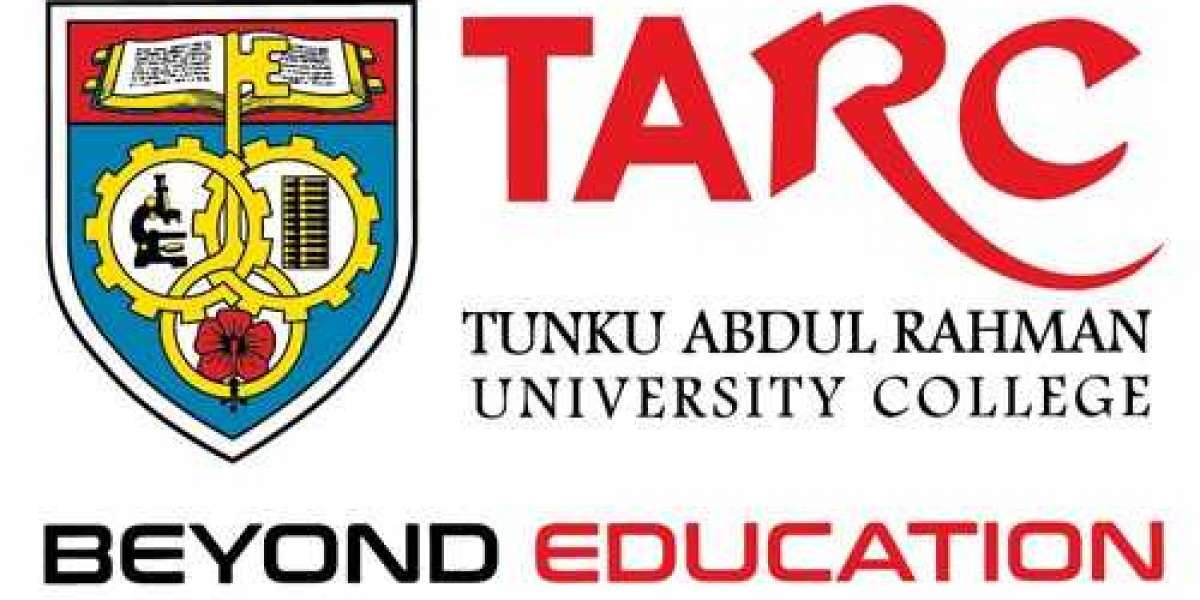Both the United States of America and China are going head-to-head in the advancement of scientific research and technological development. Some believe it is a return of the cold war mentality with two sides forming blocs to rival each other. Many scientists say the increased focus and spending on science and technology is good, helping to fuel breakthroughs that benefit humanity and innovations that boost economies. Others say that there is a risk that the open scientific cooperation could end, given that China is said to exploit open research environment in the US and other countries.
Cong Cao, professor of innovation studies at the University of Nottingham Ningbo China, writes in the China chapter for the UNESCO Science Report, that “there is a real risk of decoupling between the two countries [China and the US] in terms of technology and talent. Should this decoupling become a reality, this would jeopardize the commercial and scientific bonds between the two countries, which may end up having two distinct digital and technology jurisdictions.”
David Zweig, emeritus professor at Hong Kong University of Science and Technology (HKUST), told University World News that “Biden is clear that China will not surpass the US on his watch.” And that “Biden is still thinking in terms of serious constraints on this, so in that sense the US will decouple.” Others say China still has a way to go in many areas of science to catch up with the US. But the fear is that China’s drive for self-sufficiency in science and technology could enable it to close the gap if the US does not ensure it maintains its lead.
The US Senate earlier this month approved the US Innovation and Competition Act, which includes about US$250 billion for a raft of measures to counter China and includes the previously called Endless Frontier Act, aimed at boosting the US’s ability to maintain its global lead in research and development. The new legislation authorizes some US$120 billion for several US science and research agencies. It provides a huge funding boost for the National Science Foundation which provides almost a quarter of federally funded basic research at US universities, almost doubling its budget over five years. It also includes clauses to prevent China from stealing or benefiting from US intellectual property and includes increased scrutiny and the ability to bar Chinese involvement of government-funded research and a ban on recipients of federally funded research grants participating in foreign talent recruitment programs such as China’s “Thousand Talents” plan which recruits researchers to share expertise and knowledge.
As a result of pushback from the US in the past five years, Beijing has outlined technology and innovation as its top priority in a five-year plan to become a world power by 2035. Chinese President Xi Jinping addressed a meeting of 3,000 officials, members of the Chinese Academy of Sciences, the Chinese Academy of Engineering and the China Association for Science and Technology in Beijing and called for accelerated efforts in building China into a leader in science and technology. He also called for self-reliance and “self-strengthening” in science and technology. National laboratories, research institutions, top research-oriented universities and science and tech companies would be part of this drive. But he also called for more RD with researchers from other countries.









